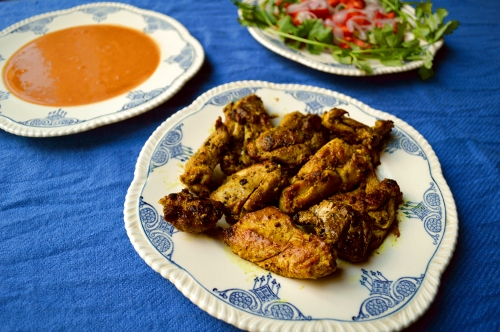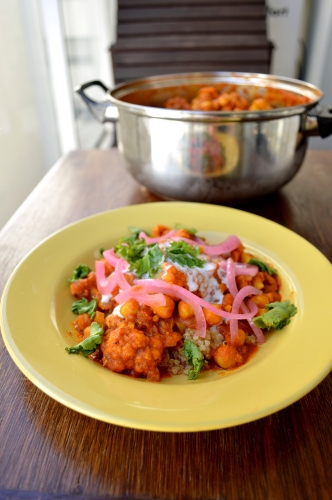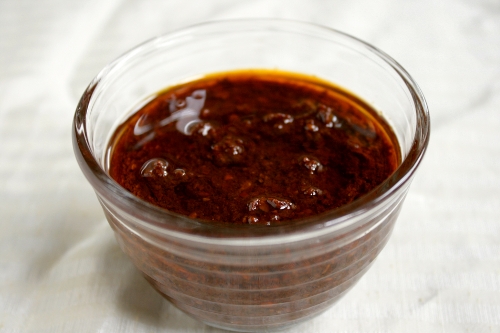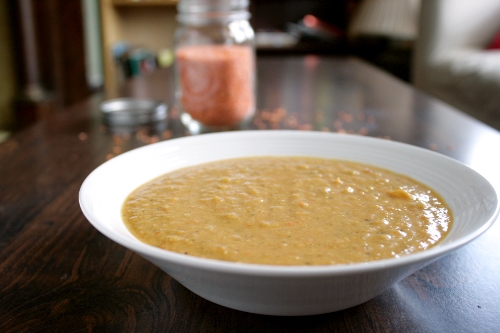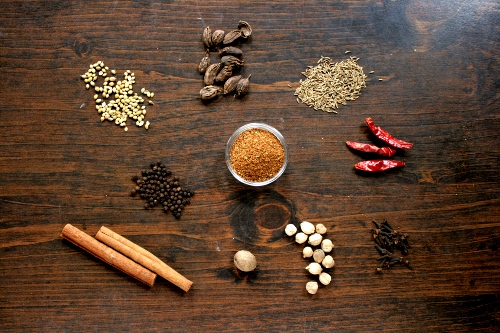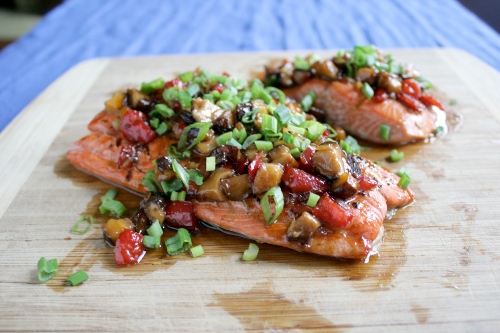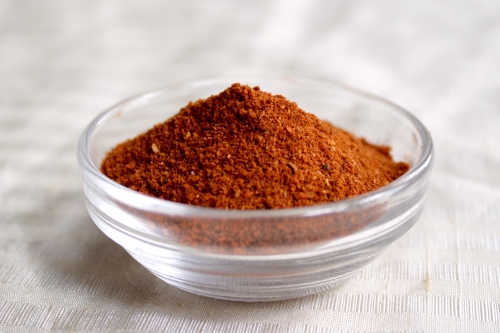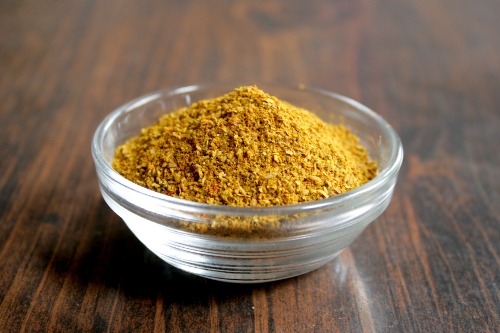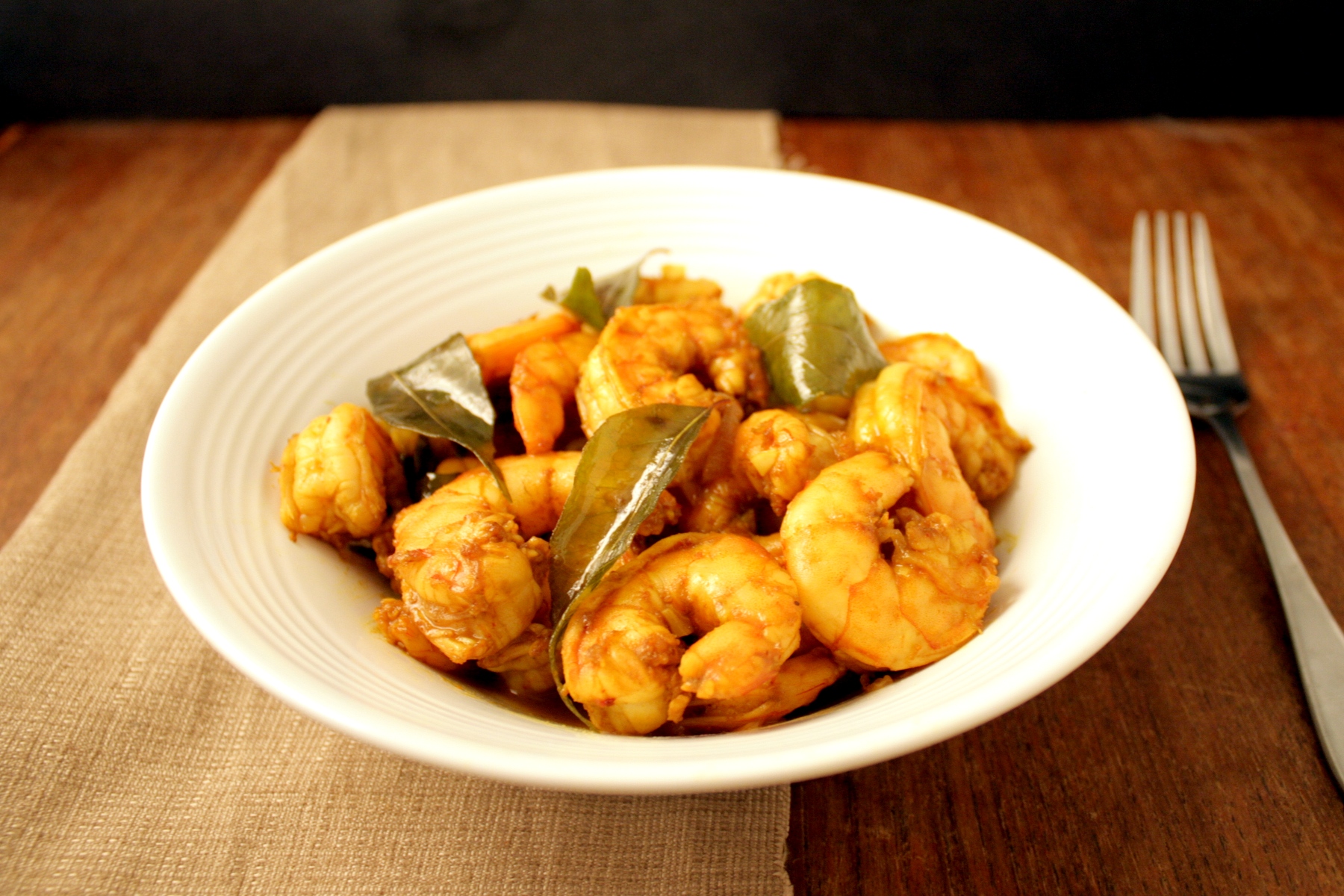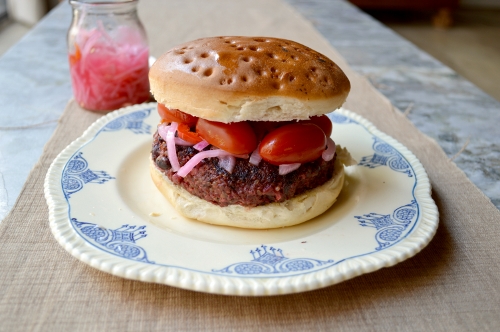
Once again, I’m playing host here in Buenos Aires (this time, to Andrew’s parents instead of mine). And, although it’s easy for people to eat out for every meal when on vacation, I think there’s nothing like a home-cooked meal after a long plane ride or a day of sight-seeing. These quinoa, beet, and black bean burgers are more complicated than many bean burgers, but the different components can be cooked ahead of time, and the mixture can be stored in the refrigerator for up to a week before being formed into patties. This makes them ideal for serving to guests – I did all the legwork ahead of time and just had to fry up some patties and toast some buns to have dinner on the table.
